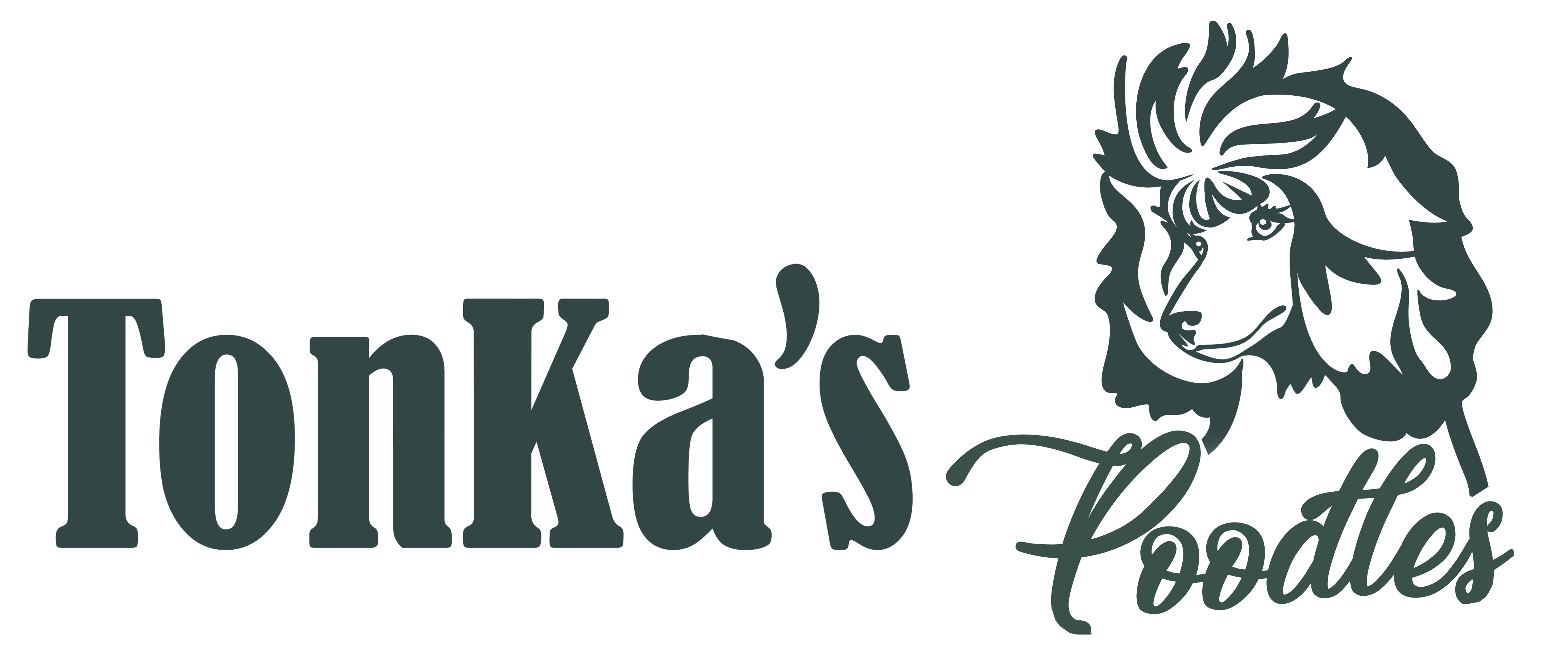Poodles are often praised for their hypoallergenic qualities, but some people with allergies may still experience reactions. Understanding and managing these allergies is key to maintaining a harmonious relationship between your poodle and sensitive family members. This guide provides practical tips for handling poodle allergies and ensuring a comfortable environment for everyone involved.
1. Understand the Causes of Poodle Allergies
While no dog breed is entirely hypoallergenic, poodles are known for producing fewer allergens compared to other breeds. Allergies are typically triggered by:
- Dander: Tiny flakes of skin shed by the dog.
- Saliva: Allergens can be transferred to the skin and fur through licking.
- Urine: Allergens can be present in a poodle's urine.
Identifying the specific allergens affecting you can help tailor your approach to managing them effectively.
2. Choose a Low-Allergen Poodle
If you or a family member has allergies, consider the following when choosing a poodle:
- Coat Type: Poodles have curly, non-shedding coats that may help reduce allergen spread. However, individual reactions can vary.
- Age: Allergies may be less severe with younger poodles, as older dogs might have accumulated more dander.
3. Regular Grooming and Bathing
Keeping your poodle well-groomed can significantly reduce allergens:
- Frequent Brushing: Brush your poodle’s coat regularly to remove loose fur and dander. Use a grooming tool specifically designed for poodles to minimize shedding.
- Bathing: Bathe your poodle regularly with a mild, hypoallergenic shampoo. This helps remove dander and keeps their coat clean.
- Professional Grooming: Consider regular visits to a professional groomer who is familiar with poodle care. They can help manage your poodle's coat and reduce allergens.
4. Clean Your Home Regularly
Maintaining a clean environment helps minimize allergens:
- Vacuum Frequently: Use a vacuum cleaner equipped with a HEPA filter to remove pet hair and dander from carpets and upholstery.
- Wash Bedding: Clean your poodle’s bedding and toys regularly. Use hot water to kill allergens.
- Air Purifiers: Consider using air purifiers with HEPA filters to capture airborne allergens and improve indoor air quality.
5. Implement Allergy-Friendly Practices
Adopt lifestyle changes to further reduce allergen exposure:
- Designate Pet-Free Zones: Create areas in your home where your poodle is not allowed, such as bedrooms and upholstered furniture. This reduces allergen accumulation in these spaces.
- Hand Washing: Wash your hands after handling your poodle, especially before touching your face or eating.
- Allergy Medications: Consult with a healthcare professional about allergy medications or treatments that may help manage symptoms.
6. Monitor and Adjust Your Approach
Regularly evaluate the effectiveness of your allergy management strategies:
- Observe Reactions: Monitor any changes in allergy symptoms and adjust grooming or cleaning practices as needed.
- Consult Professionals: If symptoms persist or worsen, seek advice from an allergist or veterinarian to explore additional options.
7. Ensure Your Poodle’s Health
A healthy poodle is less likely to exacerbate allergy symptoms:
- Regular Vet Visits: Keep up with routine veterinary care to ensure your poodle is healthy and free from skin issues that might contribute to allergen production.
- Healthy Diet: Provide a balanced diet to support your poodle’s overall health and coat condition.
Conclusion
Handling poodle allergies involves a combination of grooming, home maintenance, and lifestyle adjustments. By implementing these strategies, you can create a more comfortable environment for sensitive individuals while ensuring your poodle remains happy and healthy. Remember, managing allergies is an ongoing process, and with the right approach, you can enjoy the companionship of your poodle with minimal discomfort.

